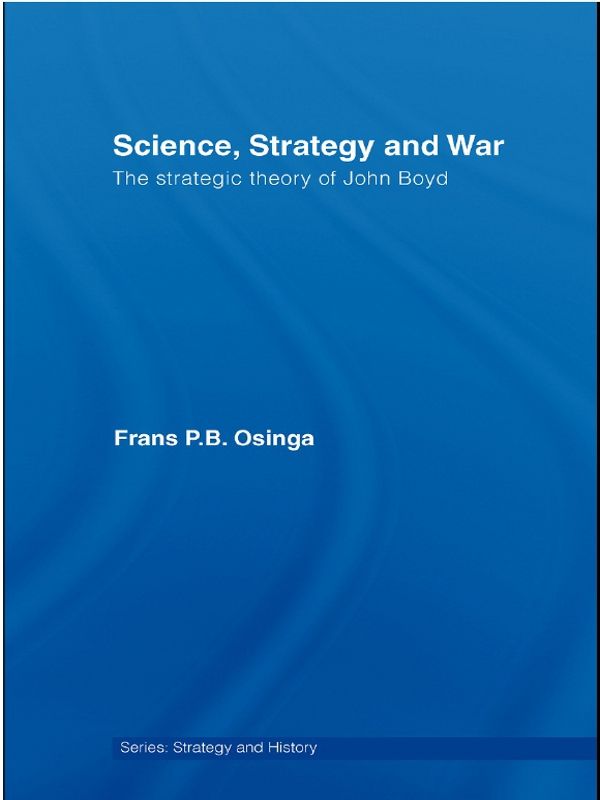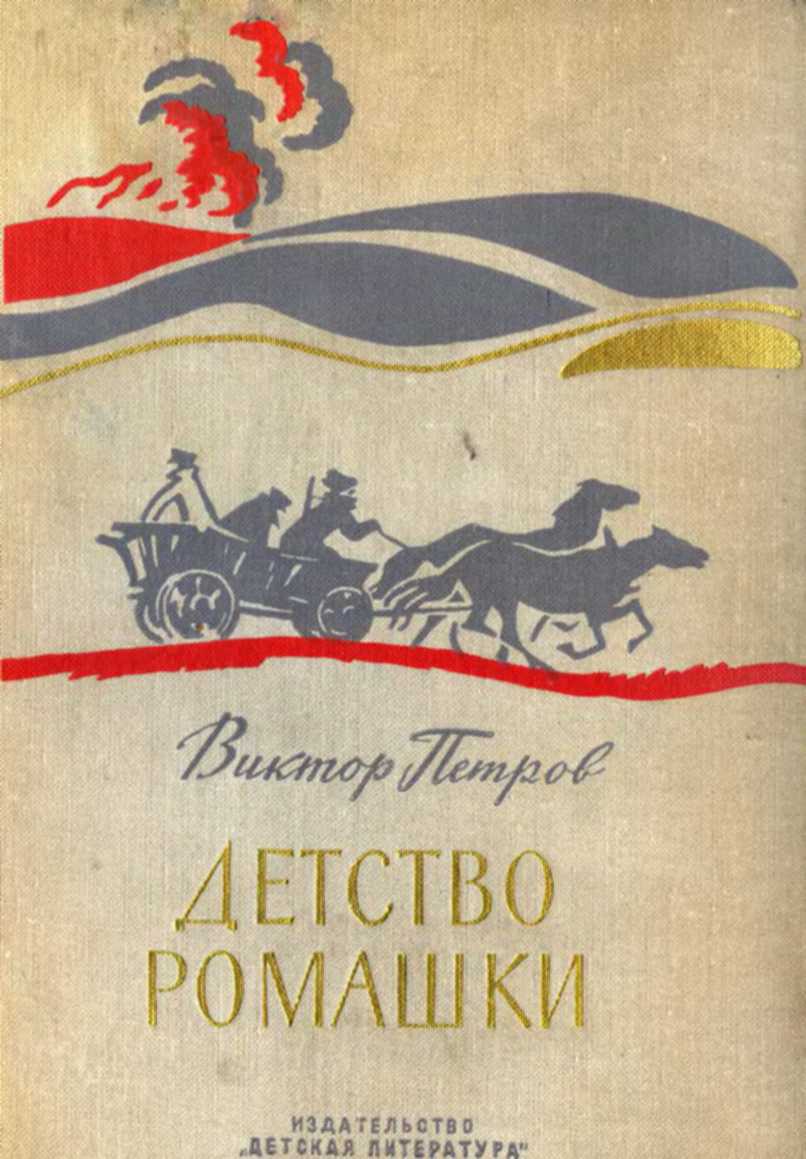Viking Penguin, 1987, p. 304.
2 Jeremy Rifkin, Time Wars, The Primary Conflict in Human History, New York: Henry Holt & Co, 1987, p. 185.
3 ‘Organic Design for Command and Control’, p. 20.
4 This list was provided by Hammond.
5 Adapted from Eric B. Dent, ‘Complexity Science: A Worldview Shift’, Emergence, Vol. 1, issue 4 (1999), p. 8.
6 Fritjof Capra, The Web of Life, A New Understanding of Living Systems, New York: Doubleday, 1997, p. 85.
7 Ibid., pp. 86–9.
8 Ilya Prigogine and Isabella Stengers, Order Out of Chaos, London: Bantam, 1984, p. 287.
9 Capra, op. cit., p. 180.
10 Boyd, Strategic Game, p. 18. On page 19 Boyd included a section from Looking Glass Universe by John Briggs and David Peat which once more describes Pri-gogine’s concept of dissipative structures.
11 John Horgan, The End of Science, New York: Broadway Books, 1996, p. 182.
12 See Glenn E. James, Chaos Theory: The Essentials for Military Applications, Newport, RI: Naval War College Press, 1995, for a good concise description.
13 Capra, op. cit., p. 123.
14 Murray Gell-Mann, The Quark and the Jaguar, Adventures in the Simple and the Complex, New York: Freeman & Company, 1994, p. 26.
15 This description is based primarily on Prigogine and Stengers, op. cit., Chapter V.
16 Several of the books Boyd read use this illustration. See for instance Coveney and Highfield (1991), p. 166; John Briggs and F. David Peat, Turbulent Mirror, An Illustrated Guide to Chaos Theory and the Science of Wholeness, New York: Harper & Row, 1989, p. 143; and Ian Stewart, Does God Play Dice?, Oxford: Basil Blackwell, 1989, p. 200.
17 Jong Heon Byeon, ‘Non-Equilibrium Thermodynamic Approach to the Change in Political Systems’, Systems Research and Behavioral Science, 16, (1999), pp. 286–90. See also Kenyon B. Green, ‘Field Theoretic Framework for the Interpretation of the Evolution, Instability, Structural Change, and Management of Complex Systems’, in L. Douglas Kiel and Euel Eliot (eds), Chaos Theory in the Social Sciences, Ann Arbor: University of Michigan Press, 1997.
18 Capra, op. cit., p. 183.
19 G. Nicolis, Introduction to Non-linear Science, Cambridge: Cambridge University Press, 1995, p. 96.
20 Capra, op. cit., p. 95.
21 Ibid., p. 98.
22 Ibid., p. 267.
23 Ibid., pp. 218–19.
24 Ibid., p. 266.
25 Ibid., p. 220.
26 Gareth Morgan, Images of Organizations, New York: Sage, 1986, pp. 235–40, in particular pp. 239–40. See also Stuart Kauffman, The Origins of Order, Self-Organization and Selection in Evolution, Oxford: Oxford University Press, 1993, in particular Chapter 1.
27 Capra, op. cit., pp. 265–70.
28 Boyd, Organic Design, p. 16. Note the title of this presentation, which once more indicates Boyd’s frame of reference.
29 In Briggs and Peat, op. cit., Maturana’s ideas are discussed in some length.
30 See Strategic Game, pp. 16–17.
31 Ibid., both on p. 16.
32 Ibid., p. 28.
33 Peter Watson, A Terrible Beauty, The People and Ideas that Shaped the Modern Mind, London: Phoenix Press, p. 747. Watson refers to James Gleick’s Chaos, Making a New Science. See Mitchell Waldrop, Complexity: The Emerging Science at the Edge of Order and Chaos, London: Viking, 1993.
34 See for a brief discussion of what complexity science is, also Kurt Richardson and Paul Cilliers, ‘What is Complexity Science? A View from Different Directions’, Emergence, Vol. 3, No. 1 (2001), 5–22.
35 Jacco van Uden, Kurt Richardson and Paul Cilliers, ‘Postmodernism Revisited? Complexity Science and the Study of Organizations’, Tamara, Vol. 1, No. 3 (2001), 53–67. See also Michael Lissack, ‘Complexity: the Science, its Vocabulary, and its Relation to Organizations’, Emergence, Vol. 1, No. 1 (1999), p. 112.
36 Waldrop, op. cit., pp. 11–13.
37 See Waldrop, op. cit., pp. 225–35.
38 Capra, op. cit., citing Stuart Kauffman, p. 204.
39 Gell-Mann, op. cit., p. 17; Waldrop citing Holland, op. cit., p. 145.
40 Richard Pascale, ‘Surfing the Edge of Chaos’, Sloan Management Review, Spring 1999, p. 85.
41 Most of these are derived from John Holland, Hidden Order, How Adaptation Builds Complexity, Reading, Mass: Perseus Books, 1995. In addition see Russ Marion and Josh Bacon, ‘Organizational Extinction and Complex Systems’, Emergence, Vol. 1, No. 4 (2000), p. 76; and Gell-Mann, op. cit., p. 235.
42 See John Holland, op. cit., pp. 31–4 and Gell-Mann, op. cit., pp. 17–25.
43 Gell-Mann, interestingly, makes the comparison between schemata and scientific theories, noting how Popper’s falsification principle acts as a selection mechanism. However, he also notes that science does not progress this neatly and that theories are selected for other reasons as well, referring to Kuhn. See in particular Chapter 7.
44 Gell-Mann, op. cit., pp. 303–4.
45 Boyd, The Conceptual Spiral, p. 14.
46 Gell-Mann, op. cit., p. 25. In fact, similar to Boyd, Gell-Mann includes language, traditions, customs, laws and myths, all of which can be regarded as ‘cultural DNA’. All encapsulate the shared experience of many generations and comprise the schemata for the society which itself functions as a complex adaptive system.
47 Gell-Mann, op. cit., pp. 292–4.
48 Gell-Mann actually includes a military illustration here. See p. 293.
49 Fritjof Capra, The Turning Point, New York: Bantam Books, 1982, pp. 273–4. Capra also discusses Gell-Mann’s first three modes of adaptation.
50 Boyd, Patterns of Conflict, p. 141.
51 Ibid., p. 143.
52 Ibid., p. 144.
53 Ibid., p. 143.
54 Ibid., p. 141.
55 Ibid.
56 Ibid.
57 Capra (1996), op. cit., pp. 301–3.
58 Ilya Progogine, The End of Certainty, New York: The Free Press, 1996, p. 73.
59 Holland in Waldrop, op. cit., p. 147.
60 For instance: Richard K. Betts, Surprise Attack (1982), Anthony Cave Brown, Bodyguard of Lies (1975); Charles Cruickshank, Deception in World War II (1979); Donald Daniel and Katherine Herbig, Strategic Military Deception (1982); Michael Handel, ‘The Yom Kippur War and the Inevitability of Surprise’, International Studies Quarterly (September 1977); David Kahn, The Codebreakers (1967); R.V. Jones, Intelligence and Deception (1979); Ronald Lewin,





